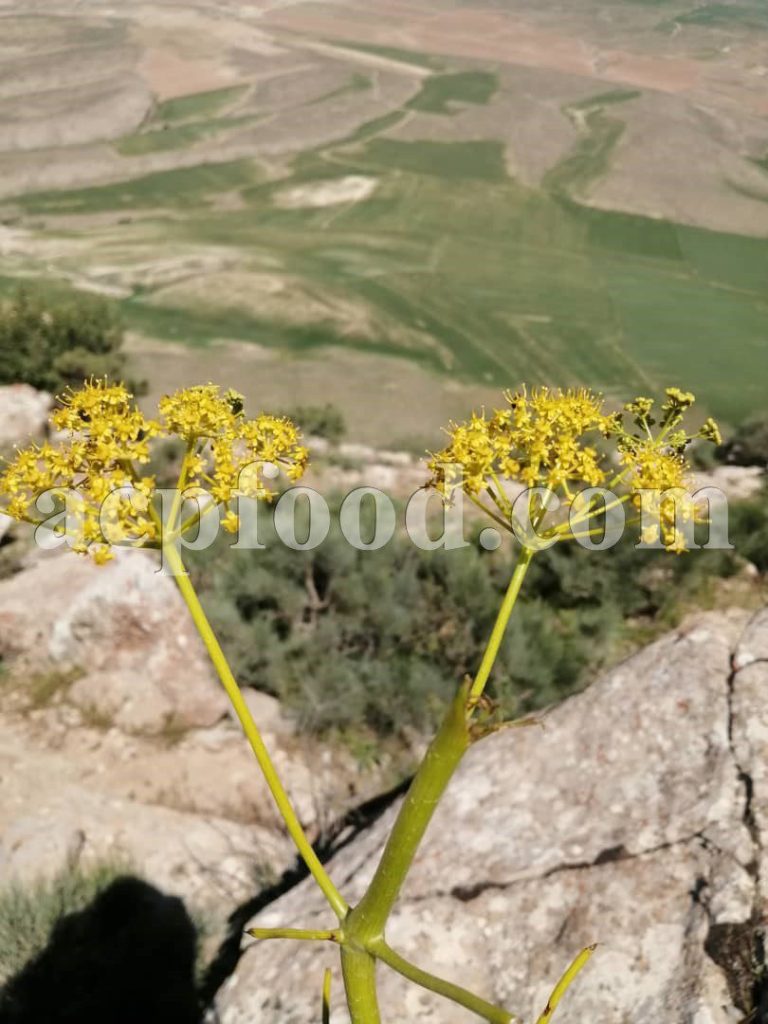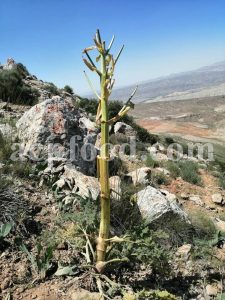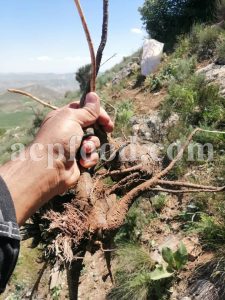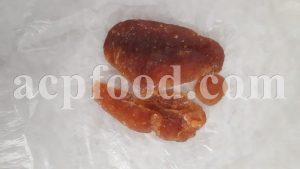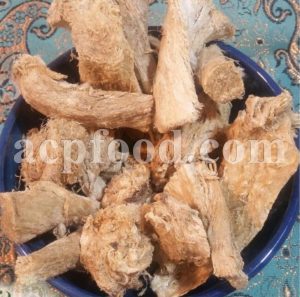Abstract
Galbanum plant is one of the native plants of Iran and also one of the medicinal and industrial plants of this country, which is harvested every year because of its important uses in traditional medicine and various industries. Due to the inappropriate methods of collecting its resin, the ground for the destruction of this plant has been prepared and no action has been taken to protect it.
Galbanum belongs to Apiaceae family and Ferula L. genus. The Ferulas are at the spotlight due to having different chemical compounds such as Terpenoids, Coumarin, Fragrant Esters, Terpene alcohols and Sesquiterpene lactones.
Introduction
The knowledge of medicinal plants and traditional medicine has made its way through many centuries and through trial and error, and many important and treatments of diseases in this medicine have been transmitted orally from one generation to another. The use of medicinal plants to treat diseases has been associated with human history.
In different regions of Iran, it is called Barijeh, Balijeh, Balanbo, Balambo, Kama, Owshagh, and in the old books, it is called Anjadan and Barzad, and it is called Qaneh in Arabic, and it is known as Jawashir in India.
Galbanum is a perennial and monocarpic plant and has a height of 80 cm to three meters. The leaves are strongly cut and bearded, the lower leaves or stems are very long, approximately 30 cm long. This plant is one of the most important industrial medicinal plants of Iran and ranks first among Iranian medicinal plants in terms of export.
Traditional herbal medicines obtained from Galbanum have been used to treat intestinal disorders, ulcers, stomach pain and convulsions in Iran. The gum of this plant has anti-microbial, anti-convulsant, anti-flatulent, expectorant, anti-cold, anti-pain, anti-hysterical, laxative, antiseptic and anti-diabetic properties. The essential oil and resin of this plant also has tranquilization, anti-spasmodic properties, and many other uses. The use of native medicinal plants in natural habitats, which, in addition to ecological compatibility, are able to be effective in the prevention and treatment of diseases by synthesizing secondary and active substances under environmental stress, has found a special place in medical science in recent years.
Anti-Microbial And Anti-Bacterial Properties
Anti-Convulsant, Anti-Epileptic And Anti-Tremor Properties
The anti-epileptic activity of the oil contained in Galbanum fruit, as well as the anti-epileptic and anti-convulsant properties of its seeds, have been proven in mice. It is used in the treatment of epilepsy and poor blood flow.
Pain Killer Effect Another Interesting Medicinal Properties Of Galbanum
Medicinal use of the Galbanum essential oil has a sedative effect on the nervous system. β-Pinene contained in the essential oil of Galbanum has tranquilizer and soporific effect and is used as an aromatic substance.
Stimulating And Invigorating Effect
Ferula species from the Apiaceae family are known as a rich source of bioactive natural products. Galbanum is used in traditional medicine as an antispasmodic factor and stimulant. It also has an invigorating effect. This plant is used in Persian traditional medicine as a tonic and antispasmodic.
References
- Asili, J.and Sahebkar, A., Fazly Bazzaz, B.S., Sharifi, S. and Iranshahi, M. 2009. Identification of essential oil components of Ferula badrakema fruits by GC–MS and 13C NMR methods and evaluation of its antimicrobial activity. Journal of Essential Oil-Bearing Plants 12, 7–15.
- Bagheri, S.M., Mohamadsadeghi, H. and Hejazian, E.S. 2017 Antinociceptive effect of seed’s essential oil of Ferula assa-foetida in mice. International Journal of Clinical and Experimental Physiology. 4: 34-37.
- Bamoniri, A. and Mazoochi, A. 2119. Determination of bioactive and fragrant moleculesfrom leaves and fruits of Ferula assa-foetida L. growing in central Iran by nano scale injection. Digest Journal of Nanomaterials and Biostructures. 4(2): 323-328.
- Eftekhar, f., Yousefzadeh, M. and Borhani, K. 2004. Antibacterial activity of the essential oil from Ferula gummosa Boiss. Seed Fitoterapia, 75: 750-759.
- Gairola, S., Shariff, N., Bhate, A., and Prakash kola, C. 2011. Influence of climate change on production of secondrychemicals in high altitude medicinal plants. Journal of medicinal plant research. 1825-1829.
- Gharaei, R. and Akrami, H. and Heidari, Sh. and Asadi, M.H. and Jalili, A. 2013. The suppression effect of Ferula gummosa Boiss. extracts on cell proliferation through apoptosis induction in gastric cancer cell line. European Journal of Integrative Medicine 5. 241-247.
- Ghasemi, Y., Faridi, P., Mehregan, I., and Mohagheghzadeh, A. 2005. Ferula gummosa Boiss. friuts: An aromatic antimicrobial agent. Chem. of Natur. Compounds, 41 (3): 311 – 4.
- Kouyakhi, E.T. and Naghavi, M.R. and Alayhs, M. 2008. Study of the essential oil variation of Ferula gummosa samples from Iran. Chemistry of Natural Compounds, 44, 124–126.
- Nejatali, S., Ezeddin, H. and Taherian, V. 2001. Investigation of planting and propagation methods in Galbanum. Pajouhesh and Sazandegi. 52, 90-97.
- Pavlovic, I., Petrovic, S., Radenkovic, M., Milenkovic, M., Couladis, M., Brankovic S., PavlovicDrobac, M., and Niketic, M. 2012. Composition, antimicrobial, antiradical and spasmolytic activity of Ferula heuffelii Griseb. exHeuffel (Apiaceae) essential oil, Food Chemistry, 130: 310-315.
- Sadraei, H. and Asghari, G.R. and Hajhashemi, V. and Kolagar, A. and Ebrahimi, M. 2001. Spasmolytic activity of essential oil and various extracts of Ferula gummosa Boiss. On ileum contractions. Phytomedicine, Vol. 8(5: 370-376.
- Sayyah M, Kamalinejad M, Bahrami R and Rustaiyan A. 2001. Antiepileptic potential and composition of fruit essential oil of Ferula gummosa B. Biomed., 5: 69-72.
- Sayyah M, Mandgary A and Kamalinejad M. 2002. Evaluation of the anticovulsant activity of the seed acetone extract of Ferula gummosa B. against seizures induced by pentylenetetrazole and electroconvulsive shock in mice. Ethnopharmacol, 82 (3): 105- 9.

